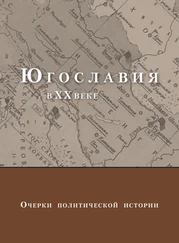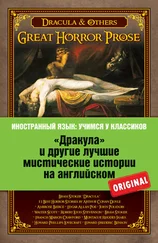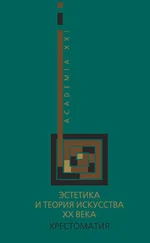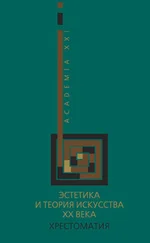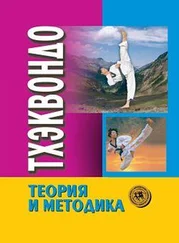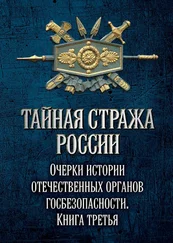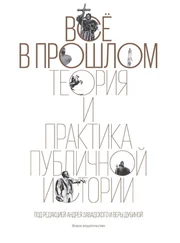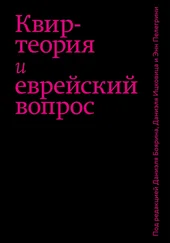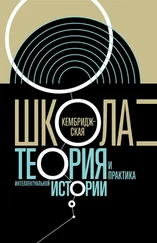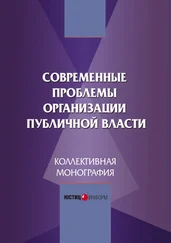Decker S.K . Being Period: An Examination of Bridging Discourse in a Historical Reenactment Group // Journal of Contemporary Ethnography. 2010. Vol. 39. № 3. P. 273–296.
См. например: Радченко Д.А., Писарев А.Е . Историческая реконструкция: Нормативное пространство и фольклор субкультуры // Традиционная культура. 2012. № 1. С. 150–161; Клюев А.И., Свешников А.В . Движение исторической реконструкции – от хобби к бизнесу. Эссе по экономической антропологии // Неприкосновенный запас. 2018. № 117. С. 187–201; Поляков С.И . Мастер исторической реконструкции на сцене и в жизни // Этнографическое обозрение. 2017. № 4. С. 176–189.
Agnew V . Introduction: What Is Reenactment? // Criticism. 2004. Vol. 46. P. 327–339.
См., например: Dziebel G.V . A Peculiar Case of Double Self-Identity: the Indianist. Community in Russia (Le Recyclage Sociologique de L’Experience Personelle) / CEU. Warsaw, 1997; Sautkin A . Historical Reenactment as Stylized Identity and its Creative Potential: Bakhtinian Approach to the Sociocultural Identity // Creativity Studies. 2015. Vol. 8. № 1. P. 25–41; Gardeła L . Vikings Reborn: The Origins and Development of Early Medieval Re-enactment in Poland // Sprawozdania Archeologiczne. 2016. Vol. 68. № 165–182; Hunt S . But We’re Men Aren’t We! Living History as a Site of Masculine Identity Construction. Men and Masculinities // MEN MASC. 2008. № 10. P. 460–483.
Auslander M . Touching the Past: Materializing Time in Traumatic “Living History” Reenactments // Signs and Society. 2013. № 1. P. 161–183.
Johnson K . Rethinking (re)doing: Historical re-enactment and/as historiography // Rethinking History. 2015. Vol. 19. № 2. P. 193–206.
Woolfork L . Embodying American Slavery in Contemporary Culture. Champaign: University of Illinois Press, 2008.
Lütticken S . An Arena in Which to Reenact // Life, Once More: Forms of Reenactment in Contemporary Art. Rotterdam: Witte de With, 2005. P. 17–60.
Schneider R . Performing Remains: Art and War in Times of Theatrical Reenactment. New York: Routledge, 2011.
Daugbjerg M., Eisner R., Knudsen B . Reenacting the Past: Vivifying Heritage “Again” // International Journal of Heritage Studies. 2014. Vol. 20. № 7–8. P. 681–687.
Auslander M . Op. cit. P. 181.
Horwitz T . Confederates in the Attic: Dispatches From the Unfinished Civil War. New York: Pantheon, 1999.
Gapps S . Mobile Monuments: A View of Historical Reenactment and Authenticity from Inside the Costume Cupboard of History // Rethinking History. 2009. Vol. 13. № 3. P. 395–409.
Davis P.G . The Other Southern Belles: Civil War Reenactment, African American Women, and the Performance of Idealized Femininity // Text and Performance Quarterly. 2012. Vol. 32. № 4. P. 308–331.
Agnew V . Op. cit.
Agnew V., Lamb J., Tomann J . Introduction: What is reenactment studies? // The Routledge Handbook of Reenactment Studies / Ed. by V. Agnew, J. Lamb, J. Tomann. London: Routledge, 2019. P. 8.
[www.historicalpageants.ac.uk/featured-pageants/sherborne-pageant-1905].
Самые первые реконструкции истории Гражданской войны в США состоялись всего через год после подписания мира, в 1866 году, при участии ветеранов сражений.
Gapps S . Op. cit.
См. подробнее об этом: Handler R., Saxton W . Dyssimulation: Reflexivity, Narrative, and the Quest for Authenticity in “Living History” // Cultural Anthropology. 1998. № 3. P. 248.
Писарев А.Е . Прикладная история и межпредметная интеграция на уроках истории // Национальный проект «Образование». 2012. № 3. С. 42.
Скансен (skansen) – этнографический музей под открытым небом, включающий комплекс аутентичных строений с обстановкой и «населенный» персоналом, одетым в костюмы, соответствующие периоду и местности, из которой происходят строения. Термин ведет начало от названия первого объекта такого типа, открытого в Швеции в 1891 году.
Middelalder centret [middelaldercentret. dk/?lang=en].
Pfhalbau Museum [www.pfahlbauten.com].
Muzeum Archeologiczne w Biskupinie [www. facebook.com/pg/MA.Biskupin/posts].
Термин «живая история» (living history) был впервые предложен Управлением национальных парков США в 1940‐х годах для описания музеев, в которых одетый в исторические костюмы персонал воспроизводил повседневные практики эпохи ( Shafernich S.M . On-site Museums, Open-air Museums, Museum Villages and Living History Museums: Reconstructions and Period Rooms in the United States and the United Kingdom // Museum Management and Curatorship. 1993. Vol. 12. № 1. P. 43–61).
The Colonial Williamsburg Foundation [www. colonialwilliamsburg.org].
Anderson J . Op. cit. P. 293.
Centrum Słowian i Wikingów [jomsborg-vineta. com/#skansen].
Генуэзская усадьба XV века «Локо Чимбали» [feduhypark.ru/loco-cimbali].
Парк живой истории «Форпост» [vk.com/ forpostpark].
Деревня викингов «Кауп» [www.kaup39.ru].
Устойчивое выражение «на (свою) эпоху» означает наличие чего-то, что соответствует той эпохе (хронологическим и географическим рамкам), которую человек реконструирует, например, костюм на Италию конца XV века, ну или в данном контексте – дом или целый комплекс построек соответствующего времени и региона.
Читать дальше
![Коллектив авторов Все в прошлом [Теория и практика публичной истории] обложка книги](/books/430176/kollektiv-avtorov-vse-v-proshlom-teoriya-i-praktika-cover.webp)
